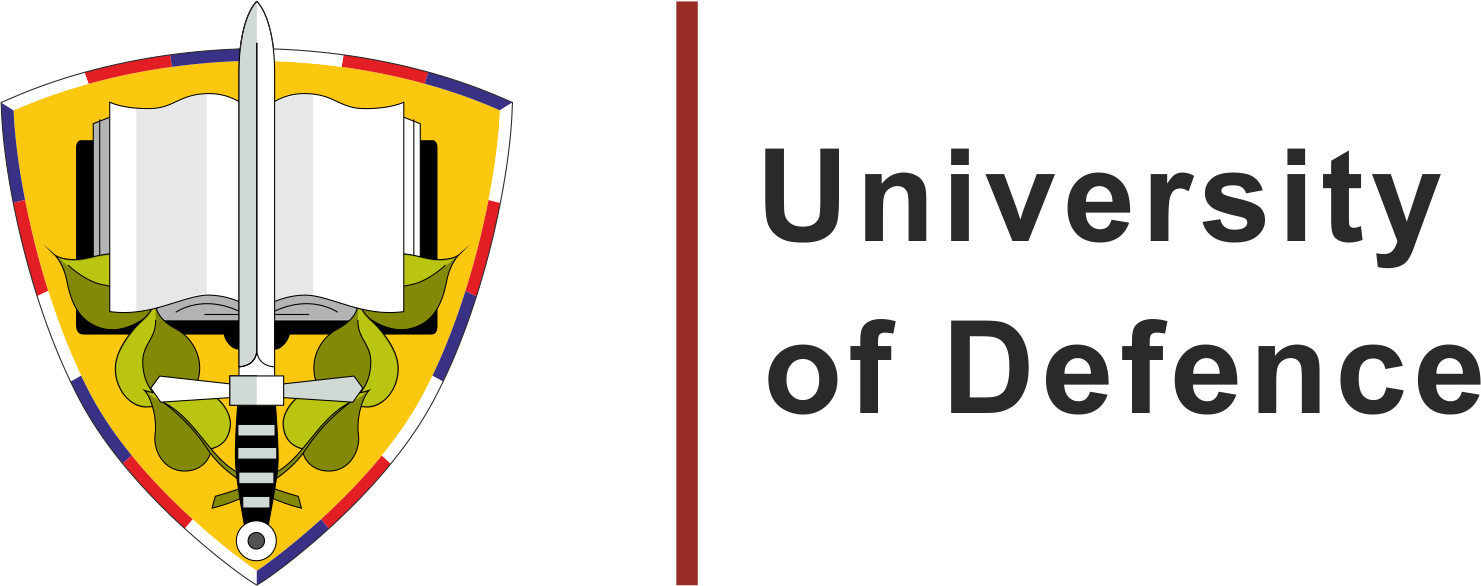Experimental Studies of Stereoscopic Vision for Command and Control Operations
Keywords:
3D stereoscopic vision, virtual environment, command and control, visualizationAbstract
3D stereoscopic vision is used in many applications, but the level of benefit to the user differs depending on the particular application. We studied its benefits for command and control applications such as battlefield visualization or disaster response. We conducted experiments where the subjects completed some simple military planning exercises both with and without 3D vision. 3D users had lower error in general, particularly when judging line of sight between two points. Furthermore, survey results show that most subjects preferred 3D. However, 3D took longer for completing the tasks. We also compared two ways of rendering military symbols in the virtual environment, finding that billboard style visualization boosted the subjects' efficiency when compared with draping the symbol on the terrain.
References
GRECHKIN, TY., NGUYEN, TD., PLUMERT, JM., CREMER, JF. and KEARNEY, JK. How does presentation method and measurement protocol affect distance estimation in real and virtual environments? ACM Trans. on Applied Perception, 2010, vol. 7, Article no. 26.
YANG, M., MCMULLEN, DP., SCHWARTZ-BLOOM, RD. and BRADY, R. Dive into alcohol: A biochemical immersive experience. In IEEE Virtual Reality Conf. 2009. Lafayette: IEEE, 2009, p. 281-282.
CHITTARO, L., RANON, R. and IERONUTTI, L. Vu-flow: A visualization tool for analyzing navigation in virtual environments. IEEE Trans. on Visualization and Computer Graphics, 2006, vol. 12, p. 1475-1485.
SCHWARTZ, RJ. and FLEMING, GA. Real-time aerodynamic flow and data visualization in an interactive virtual environment. In IEEE Instrumentation and Measurement Technology Conf. 2005. Ottawa: IEEE, 2005, p. 2210-2215.
ZELLE, JM. and FIGURA, C. Simple, low-cost stereographics: VR for everyone. In The 35th SIGCSE Technical Symp. on Computer Science Education. New York: ACM, 2004, p. 348-352.
ELMQVIST, N. and TSIGAS, P. A taxonomy of 3D occlusion management for visualization. IEEE Trans. on Visualization and Computer Graphics, 2008, vol. 14, no. 5, p. 1095-1109.
CIPILOGLU, Z., BULBUL, A. and CAPIN, T. A framework for enhancing depth perception in computer graphics. In 7th Symp. on Applied Perception in Graphics and Visualization. New York: ACM, 2010, p. 141-148.
JONES, JA., SWAN II, JE., SINGH, G., KOLSTAD, E. and ELLIS, S R. The effects of virtual reality, augmented reality, and motion parallax on egocentric depth perception. In 5th Symp. on Applied Perception in Graphics and Visualization. New York: ACM, 2008, p. 9-14.
WARTELL, Z., HODGES, LF. and RIBARSKY, W. A geometric comparison of algorithms for fusion control in stereoscopic HTDs. IEEE Trans. on Visualization and Computer Graphics, 2002, vol. 8, p. 129-143.
LIVINGSTON, MA., ZHUMING, A., SWAN, JE. and SMALLMAN, HS. Indoor vs. outdoor depth perception of mobile augmented reality. In IEEE Virtual Reality Conf. 2009. Lafayette: IEEE, 2009, p. 55-62.
LIVATINO, S. and PRIVITERA, F. 3D visualization technologies for teleguided robots. In ACM Symp. on Virtual Reality Software and Technology 2006. New York: ACM, 2006, p. 240-243.
HARTZELL, T., THOMPSON, M. and KIM, B. The influence of graphics effects on perceiving depth in minimized virtual environments. Communications in Computer and Information Science, 2012, p. 235-242.
SUN, Y., DING, N., HAO, G. and SHI, X. The research and application of 2D and 3D interactive system. In 2nd International Conf. on Information and Computing Science. Manchester: IEEE, 2009, p. 252-254.
COCKBURN A. and MCKENZIE, BJ. 3D or not 3D? Evaluating the effect of the third dimension in a document management system. In SIGCHI Conf. on Human Factors in Computing Systems 2001. New York: IEEE, 2001, p. 434-441.
ST. JOHN, M, COWEN, MB., SMALLMAN, HS. and OONK, HM. The use of 2D and 3D displays for shape understanding versus relative position tasks. Human Factors, 2001, vol. 43, p. 79-98.
WOLFE, B., PODGORNIY, D., KIM, B. and SEDLMEYER, R. C2VE: A software platform for evaluating the use of 3D vision technology for C2 operations. In Proc. of the 17th International Command and Control Research and Technology Symp. Washington: CCRP, 2012.
OCTAVE COMMUNITY. GNU/Octave, 2012.
WILCOXON, F. Individual comparisons by ranking methods. Biometrics Bulletin, 1945, vol. 1, no. 6, p. 80-83.
R DEVELOPMENT CORE TEAM. R: A Language and Environment for Statistical Computing. Vienna: R Foundation for Statistical Computing, 2013. ISBN 3-900051-07-0. [cited 2014-02-02]. Available from: <http://www.R-project.org>.
HOLM, S. A simple sequentially rejective multiple test procedure. Scandinavian Journal of Statistics, 1979, vol. 6, no. 2, p. 65-70.
KRUSKAL, WH. and WALLIS, WA. Use of ranks in one-criterion variance analysis. Journal of the American Statistical Association, 1952, vol. 47, no. 260, p. 583-621.
MANN, HB. and WHITNEY, DR. On a test of whether one of two random variables is stochastically larger than the other. The Annals of Mathematical Statistics, 1947, vol. 18, no. 1, p. 50-60.
Downloads
Published
License
Copyright (c) 2015 Advances in Military Technology

This work is licensed under a Creative Commons Attribution-NonCommercial 4.0 International License.
Authors who publish with this journal agree to the following terms:
1. Authors retain copyright and grant the journal right of first publication with the work simultaneously licensed under a Creative Commons Attribution License that allows others to share the work with an acknowledgement of the work's authorship and initial publication in this journal.
2. Authors are able to enter into separate, additional contractual arrangements for the non-exclusive distribution of the journal's published version of the work (e.g., post it to an institutional repository or publish it in a book), with an acknowledgement of its initial publication in this journal.
3. Authors are permitted and encouraged to post their work online (e.g., in institutional repositories or on their website) prior to and during the submission process, as it can lead to productive exchanges, as well as earlier and greater citation of published work.
Users can use, reuse and build upon the material published in the journal for any purpose, even commercially.






